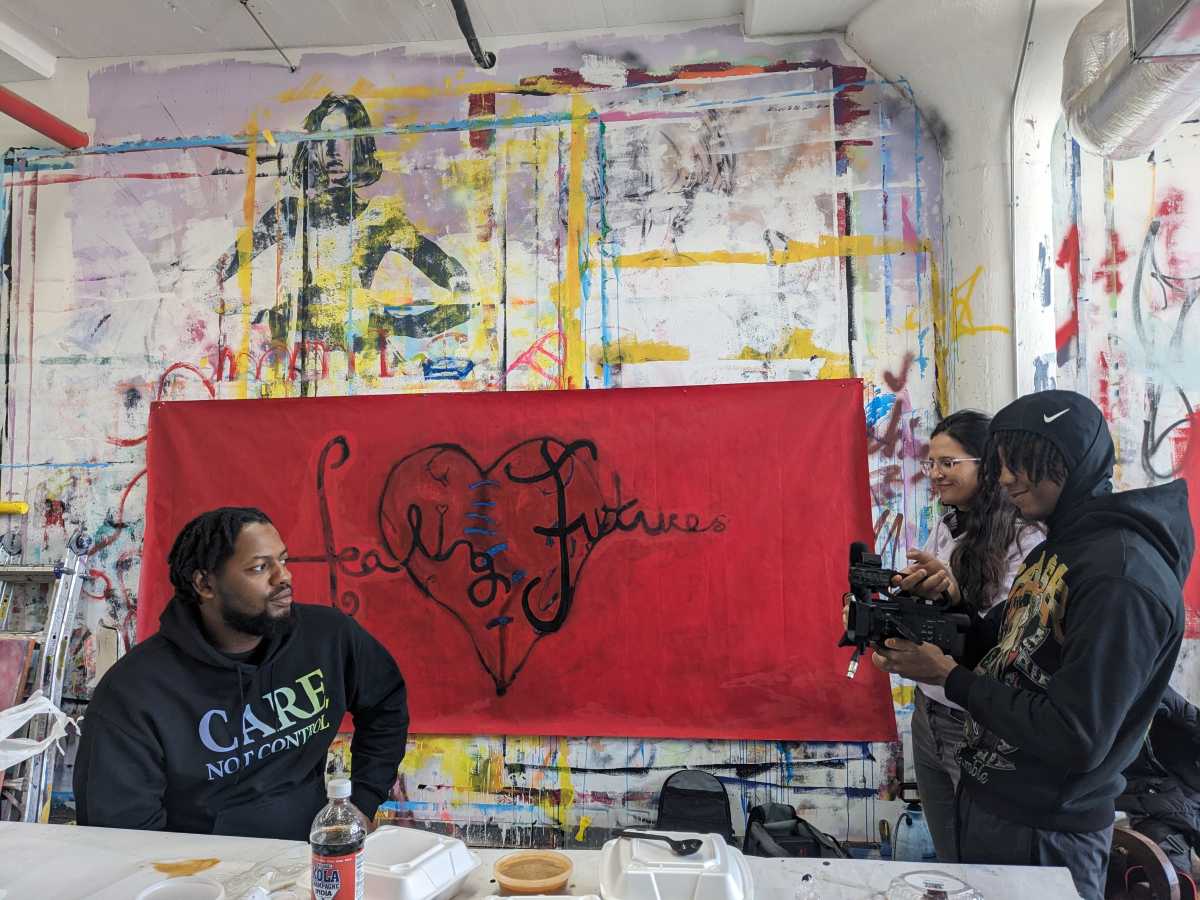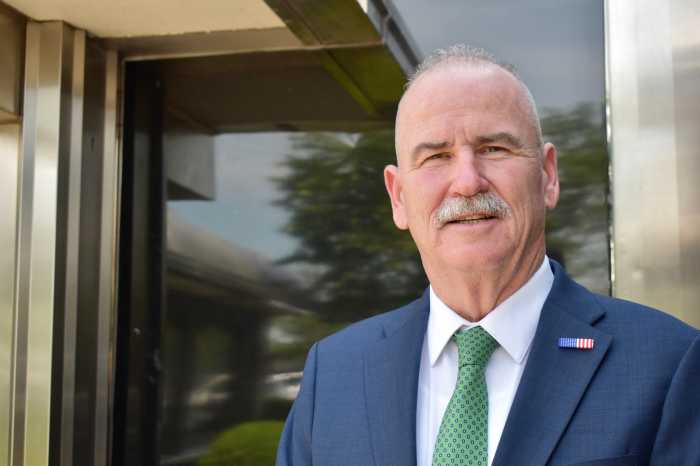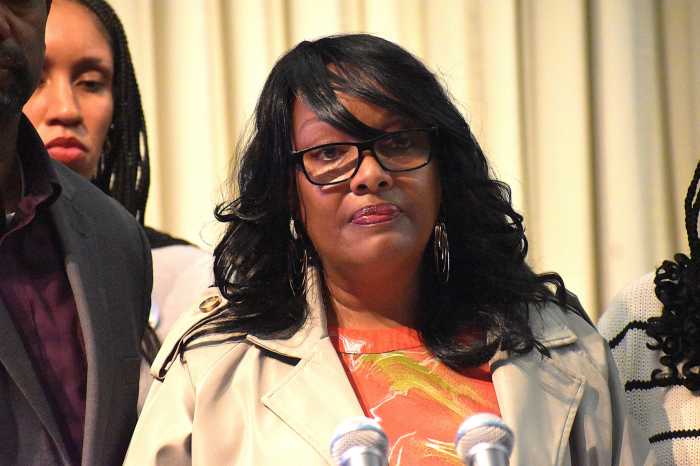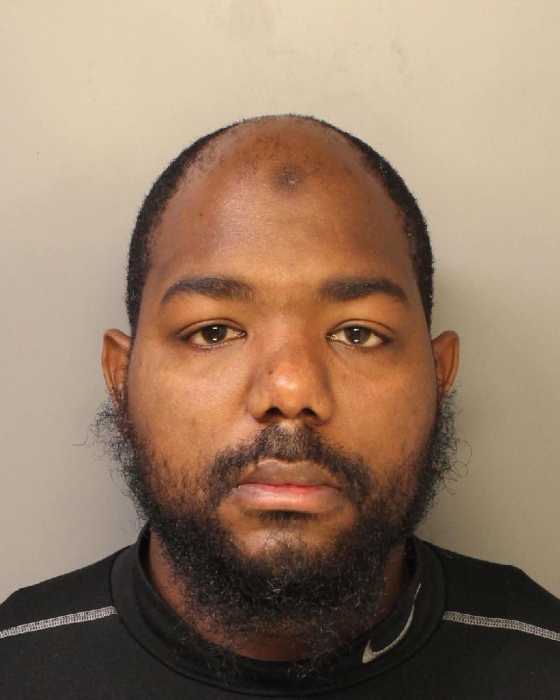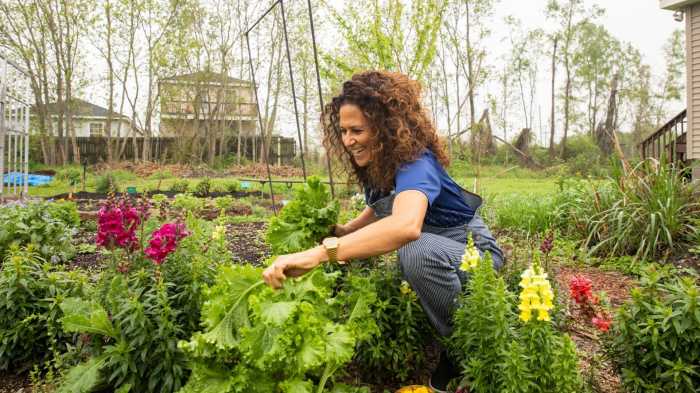Philadelphia’s first youth restorative justice program has been a resounding success and is ready to take on more serious cases, according to a recently published report.
Healing Futures, operated by the Youth Art & Self-empowerment Project in conjunction with the District Attorney’s Office, diverts juveniles away from the court system and toward a community-led accountability process that often incorporates a face-to-face meeting with the victim.
In addition to being the first in the city, Healing Futures is one of the only programs of its kind in the nation, according to YASP.
The 78-page report, issued last week, recaps the two years of the program, which was launched in 2021. It found that, out of 30 youth, only one participant had later been found guilty of a crime and two others were arrested.
Moreover, 100% of those surveyed, including program participants and victims, reported positive experiences with the initiative.
“While the traditional system often focuses on punishment, which can deepen cycles of harm, Healing Futures creates a space for genuine accountability, healing for everyone involved, and a real chance for young people to build a different future,” said Hanae Victoria Mason, the assessment’s author and a Stoneleigh Foundation fellow at YASP, in a statement. “The results speak for themselves.”
The program was designed to enroll youth before charges are filed, though some involved in the initiative have pending cases. Once they complete the multi-stage program, the charges are declined or withdrawn.
During the first portion, the child attends weekly sessions for a period of eight weeks to several months. They are given tasks to learn about themselves and engage in creative writing; near the end, they draft an apology letter.
“Really understanding how to write an apology without sounding defensive is really a good skill to learn,” said Autumn, a participant quoted in the report. “And that wasn’t a skill I learned before. So at that time it was very difficult.”
If the victim of the offense agrees to participate, a Restorative Community Conference is organized, with the young person’s family and community members. The youth reads their apology, and the group discusses what happened and the impact of the crime.
As part of the session, they draw up a restorative plan, which may include paying off restitution, volunteering or completing an internship.
Interviews and surveys revealed that 97% of youth and the people who were harmed agreed that the process was “healing,” while all of the victims said they would recommend the process to someone else in the same situation, according to the analysis.
The individuals who were victimized were often interested in learning about why the young person committed the offense and sharing how the crime hurt them.
Christoper, a victim whose story is used as a case study in the report, said going through Healing Futures was “a lot more rewarding” than the typical criminal justice process. His car was stolen, and two of the four suspects were enrolled in the restorative justice initiative, while the other two went to court.
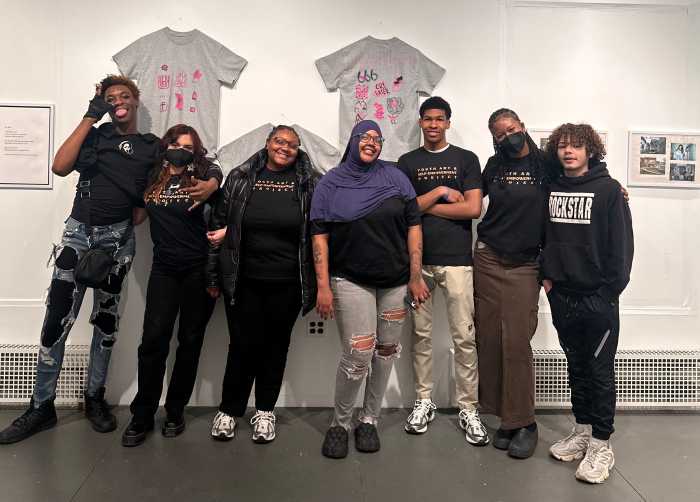
Cases referred to the Healing Futures program must be felonies or first-degree misdemeanors that would have otherwise resulted in jail time or probation. Instances where juveniles maintain their innocence are not usually accepted.
In most cases, the would-be charges are related to automobile theft or assault. Although nothing prohibits the referral of investigations involving arsons, carjackings, sexual assault and gun offenses, those cases are “routinely excluded” from the program, according to the report.
YASP, which advocates against trying children as adults and opposes youth incarceration in any form, is pushing for the District Attorney’s Office to expand restorative justice to some of those more serious allegations.
The report also recommends the DAO refer “its first case involving a low level gun charge as a step towards diverting serious gun cases to restorative justice.”
DAO representatives did not respond to a request for comment about the issue by the time Metro went to print Wednesday.
“Healing Futures’ human-centered approach balances true accountability with meaningful harm repair,” Jody Dodd, the DAO’s restorative justice facilitator, said in a statement included in YASP’s news release. “We are grateful for this partnership, and we look forward to continuing to create better outcomes for all of those impacted by crime and the justice system.”
YASP is also calling on private donors and philanthropic foundations to help fund restorative justice, particularly in light of the report’s data showing the initiative’s apparent success.
“This report provides a clear mandate: when we invest in community-led, healing-centered approaches, we get better outcomes for everyone,” YASP Director Sarah Morris added, in a statement. “Its findings offer profound implications for expanding restorative justice in Philadelphia and beyond, and we urge city leaders and justice partners to work with us to make this transformative model more widely available.”



